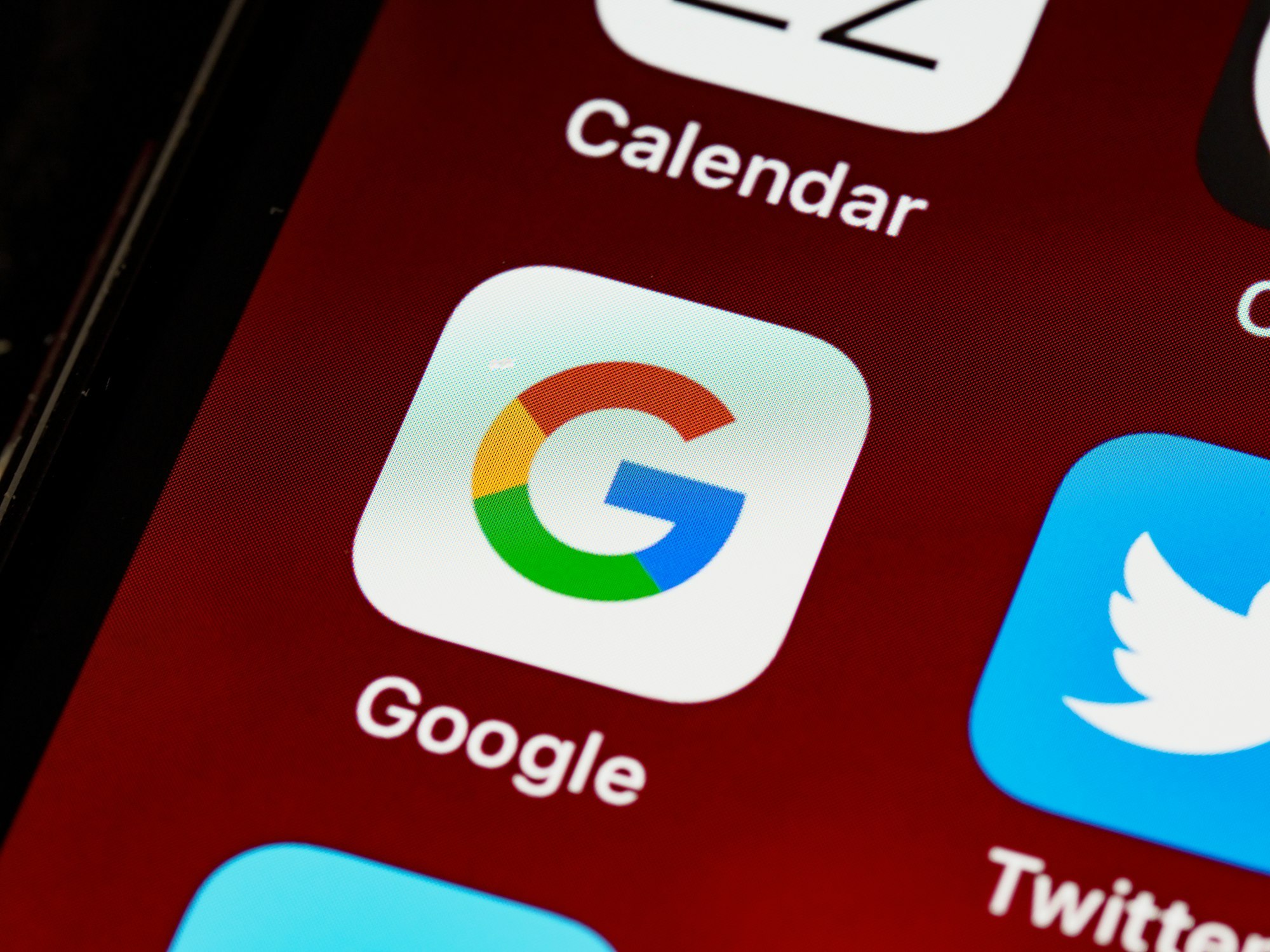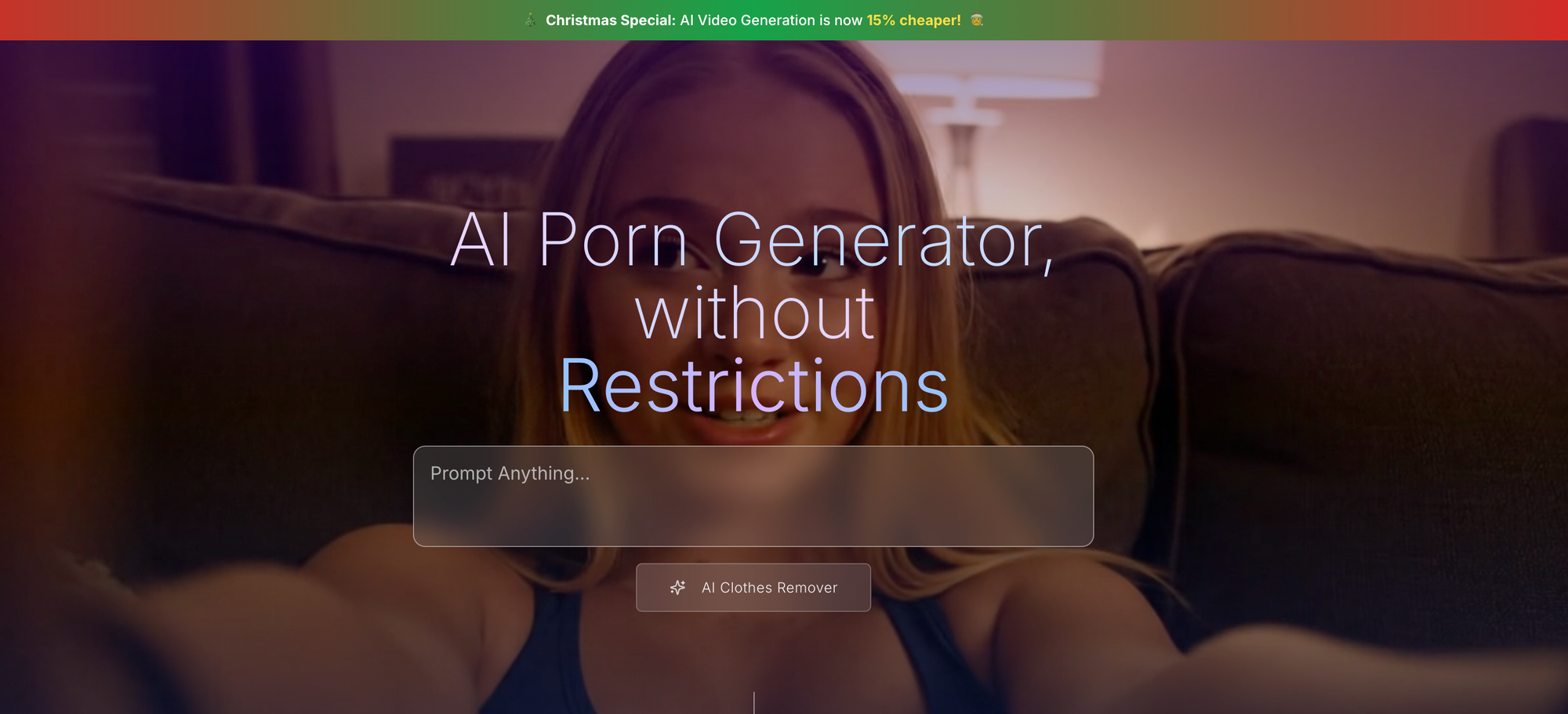
When we talk about the bleeding edge of AI technology, we can’t help but mention language models. They’re not just pieces of software; they’re the bedrock of how we envision our digital future. So, when Google announces something like Gemini, you've got to wonder: How does Google's Gemini stack up against OpenAI's GPT-4?
Having trouble accessing ChatGPT Plus?
You can use Anakin AI right now to access ChatGPT Plus without an OpenAI Account!

What Is Google's Gemini AI?
In the realm of AI, it's not just about who gets there first; it's about who does it better. Google's Gemini has been making waves with its promises of advanced capabilities. But what is Google's Gemini, really?
- Ultra Model: The powerhouse of the bunch, said to be tailor-made for scalability and performance.
- Pro Model: Already in action within Bard, it’s Google's front-runner in the AI race.
- Nano Versions: The lightweight contenders, optimized for on-device applications with impressive benchmarks in summarization and comprehension.
These names are not just for show; they represent different tiers of AI capabilities aimed at various uses, from cloud-based juggernauts to nimble on-device assistants. But when will we see these in action? The Ultra is slated for a grand unveiling next year, while the Pro version is already mingling with developers and enterprises, and Nano is poised for deployment.
Now, you might ask, "What makes Gemini's Pro model a standout in today's AI landscape?" Well, let’s break it down:
- Multimodal Training: Unlike GPT-4's text-based finesse, Gemini isn’t just about the words. It’s a jack-of-all-trades, dealing with text, images, audio, and video.
- Architecture: Built on the shoulders of giants, the Transformer decoders, but with enhancements for large-scale training and optimized inference.
- Context Length: It boasts a 32k token context length. To put that in perspective, that's like remembering what was said at the beginning of a very, very long conversation.
- Dataset: It's not just big; it's colossal, encompassing web documents, books, code, and even non-Latin scripts, all with a keen eye on data quality and safety.
GPT-4, Still the Best AI Model Now?
In contrast, GPT-4 is like that reliable friend who’s been around. It’s mature, widely available, and has been put through its paces in various applications. But what does it really bring to the table?
- Maturity: It’s battle-tested, with a proven track record in generating text that's both accurate and consistent.
- Availability: Unlike the elusive Gemini, GPT-4 is here, ready to be integrated into your projects.
- Contextual Understanding: With a knack for maintaining context over longer conversations, GPT-4 has shown it can keep up with complex dialogues.
But then, the question arises, "Does GPT-4's maturity translate to superiority in performance?" This is where things get interesting.
When we dive into the specifics, looking at the benchmarks and performance stats, the landscape starts to shift. The data suggests that while GPT-4 has the advantage of being a more established product, Gemini is the new kid on the block with some impressive tricks up its sleeve.
So, how do we make sense of all this data? Let's move forward with a detailed comparison.
Certainly, let's proceed with the next section, ensuring to include the data from the images as a table for a clear comparative perspective.
Gemini Ultra & Gemini Pro vs GPT-4V: Benchmark Comparison
How do you measure the intellect of an AI? In human terms, we might look at grades, or perhaps performance in specialized fields. For AI, it's not so different. We have benchmarks—rigorous tests that push these models to their limits. So, how does Gemini fare in the academic decathlon of AI benchmarks compared to GPT-4?
When we lay out the data side by side, it's like looking at two academic transcripts. Here’s what we’ve got:
| Benchmark | Gemini Ultra | Gemini Pro | GPT-4 | GPT-3.5 | PaLM 2-L | Claude 2 | Instruct-GPT | Grok | LLAMA-2 |
|---|---|---|---|---|---|---|---|---|---|
| MMLU | 90.04% | 79.13% | 87.29% | 70% | 78.4% | 78.5% | 79.6% | 73% | 68.0% |
| GSM8K | 94.4% | 86.5% | 92.0% | 57.1% | 80.0% | 88.0% | 81.4% | 62.9% | 56.8% |
| MATH | 53.2% | 32.6% | 52.9% | 34.1% | 34.4% | - | 34.8% | 23.9% | 13.5% |
| BIG-Bench-Hard | 83.6% | 75.0% | 83.1% | 66.6% | 77.7% | - | - | - | 51.2% |
| HumanEval | 74.4% | 67.7% | 67.0% | 48.1% | 70.0% | 44.5% | 63.2% | 29.9% | - |
| Natural2Code | 74.9% | 69.6% | 73.9% | 62.3% | - | - | - | - | - |
| DROP | 82.4 | 74.1 | 80.9 | 64.1 | 82.0 | - | - | - | - |
| Hellaswag | 87.8% | 84.7% | 95.3% | 85.5% | 86.8% | 89.0% | 80.0% | - | - |
| WMT23 | 74.4 | 71.7 | 73.8 | - | 72.7 | - | - | - | - |
Note: Table data is indicative and based on provided benchmarks.
As you can see, Gemini Ultra seems to edge out on top in most categories, but GPT-4 shows remarkable resilience, especially considering it's the older of the two. But what does this tell us about their abilities?
Well, if we're talking about handling complex tasks, what can these results teach us about Gemini's and GPT-4's capabilities? It seems Gemini's strength lies in its versatility and broad knowledge base, while GPT-4 maintains a strong hold on tasks that demand deep, nuanced understanding.
Moving on to specific competencies, we can see how these models perform in real-world tasks that might affect you and me.
GPT-4 vs Gemini: Real World Tasks Comparison
The true test of any AI isn't just in a controlled benchmark but in real-world applications. Let's explore how Gemini and GPT-4 perform in tasks that mirror daily challenges:
Understanding Image Visuals
In the visually saturated world of the internet, understanding images is as crucial as understanding text. Here's how our contenders fare:
| Task | Gemini Ultra | Gemini Pro | GPT-4V | Prior SOTA |
|---|---|---|---|---|
| TextVQA (val) | 82.3% | 74.6% | 62.5% | 79.5% |
| DocVQA (test) | 90.9% | 88.1% | 72.2% | 88.4% |
| ChartQA (test) | 80.8% | 74.1% | 53.6% | 79.3% |
| InfographicVQA | 80.3% | 75.2% | 51.1% | 75.1% |
| MathVista (testmini) | 53.0% | 45.2% | 27.3% | 49.9% |
| AI2D (test) | 79.5% | 73.9% | 37.9% | 81.4% |
| VQAv2 (test-dev) | 77.8% | 71.2% | 62.7% | 86.1% |
Note: Table data is indicative and based on provided benchmarks.
Speech and Language
Voice interfaces are becoming the norm, from smartphones to smart homes. Here's a snapshot of how well Gemini and GPT-4 understand us:
| Task | Gemini Pro | Gemini Nano-1 | GPT-4V |
|---|---|---|---|
| YouTube ASR (en-us) | 4.9% WER | 5.5% WER | 6.5% WER |
| Multilingual Librispeech | 4.8% WER | 5.9% WER | 6.2% WER |
| FLEURS (62 lang) | 7.6% WER | 14.2% WER | 17.6% WER |
| VoxPopuli (14 lang) | 9.1% WER | 9.5% WER | 15.9% WER |
| CoVoST 2 (21 lang) | 40.1 BLEU | 35.4 BLEU | 29.1 BLEU |
Academic Performance
What about academia? If an AI can understand and reason across various fields, it's a game-changer for research and education:
| Discipline | Gemini Ultra (0-shot) | GPT-4V (0-shot) |
|---|---|---|
| Art & Design | 74.2 | 65.8 |
| Business | 62.7 | 59.3 |
| Science | 49.3 | 54.7 |
| Health & Medicine | 71.3 | 64.7 |
| Humanities & Social Science | 78.3 | 72.5 |
| Technology & Engineering | 53.0 | 36.7 |
| Overall | 62.4 | 56.8 |
Note: Scores indicate the percentage of correct answers in a 0-shot setting, without prior examples.
In this face-off, Gemini seems to have the edge in understanding visual content and speech. But does that make it the ultimate choice? Not necessarily. GPT-4's robust performance, particularly in language-related tasks and its existing integration into various platforms, makes it a reliable and accessible choice for many users and developers.
Conclusion: GPT-4 vs Gemini AI, Who is Better?
As we wrap up this exploration of Google's Gemini and OpenAI's GPT-4, a few things become clear. First, the future of AI is not just about who has more parameters or who can process data faster. It's about "Which AI can enhance human endeavor more effectively?"
Here's what we've uncovered:
GPT-4’s established presence and proven track record offer reliability and immediate applicability.
The conversation doesn't end here, though. As both models become more widely used, their real-world effectiveness, user experience, and the unforeseen applications they enable will paint a fuller picture. For now, we stand at an exciting crossroads, witnessing a fascinating race as Gemini and GPT-4 shape the future of AI.
FAQs
Q: Is Gemini better than GPT-4?
A: The performance of Gemini and GPT-4 varies by task. Gemini excels in multimodal and speech recognition tasks, while GPT-4 is robust in language understanding and consistency.
Q: Does Bard now use Gemini?
A: Yes, Bard, Google's conversational AI service, is powered by the Gemini Pro model, bringing advanced AI capabilities to the platform.
Q: Is GPT-4 really better?
A: GPT-4's effectiveness depends on the application. It's known for its accuracy and consistency in text generation, making it a reliable choice for many applications.
Q: Who is Google GPT-4 competitor?
A: Google's primary competitor to GPT-4 is its own AI model, Gemini, which showcases advanced capabilities in multimodal and speech recognition tasks.
Q: Is GPT-4 more powerful than ChatGPT?
A: GPT-4 is a more advanced and powerful model compared to ChatGPT, with greater context understanding, larger data training, and improved performance in a variety of tasks.
Q: Is GPT-4 made by OpenAI?
A: Yes, GPT-4 is developed by OpenAI, continuing their series of generative pretrained transformers (GPT) models.
So, "Which AI will ultimately lead the charge?" That's a question time will answer. But one thing is for sure: AI is advancing, and it's advancing fast. Whether you're a tech enthusiast, a developer, or just someone curious about the future, one thing you can do is stay informed and maybe even get involved. After all, the future is being written now, and it’s written in code.
Want to try out GPT-4 Now? But Cannot register a ChatGPT Plus account?
You can use Anakin AI right now to access ChatGPT Plus without an OpenAI Account!

from Anakin Blog http://anakin.ai/blog/googles-gemini-vs-gpt-4/
via IFTTT

No comments:
Post a Comment